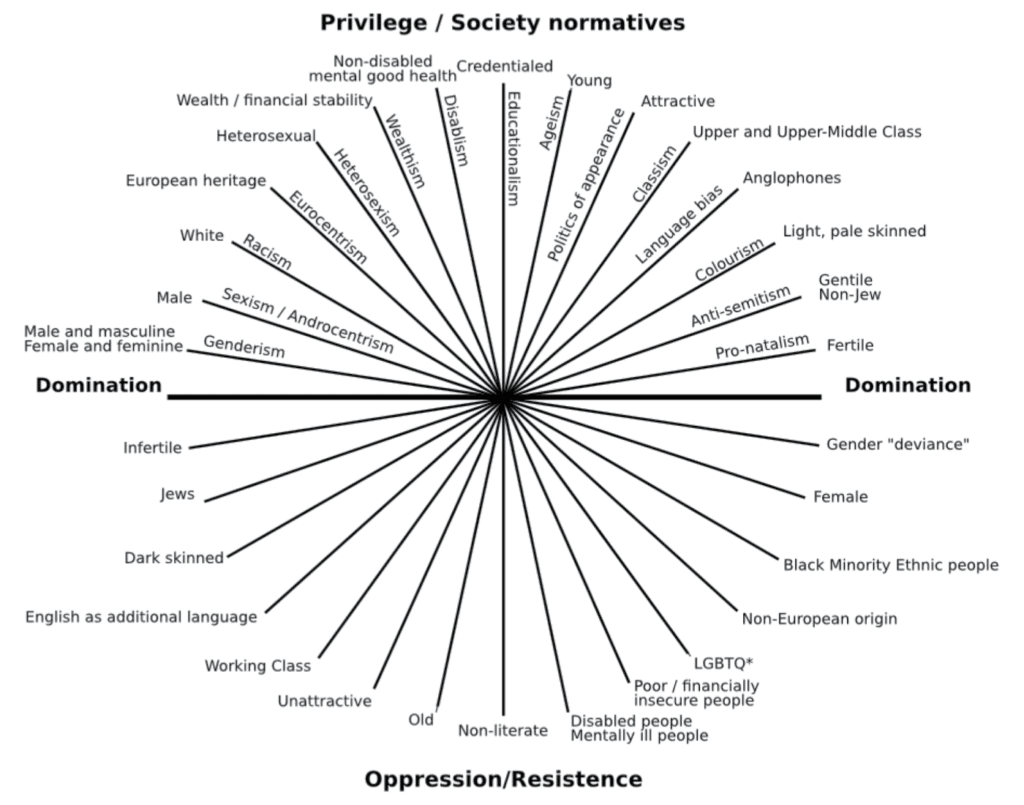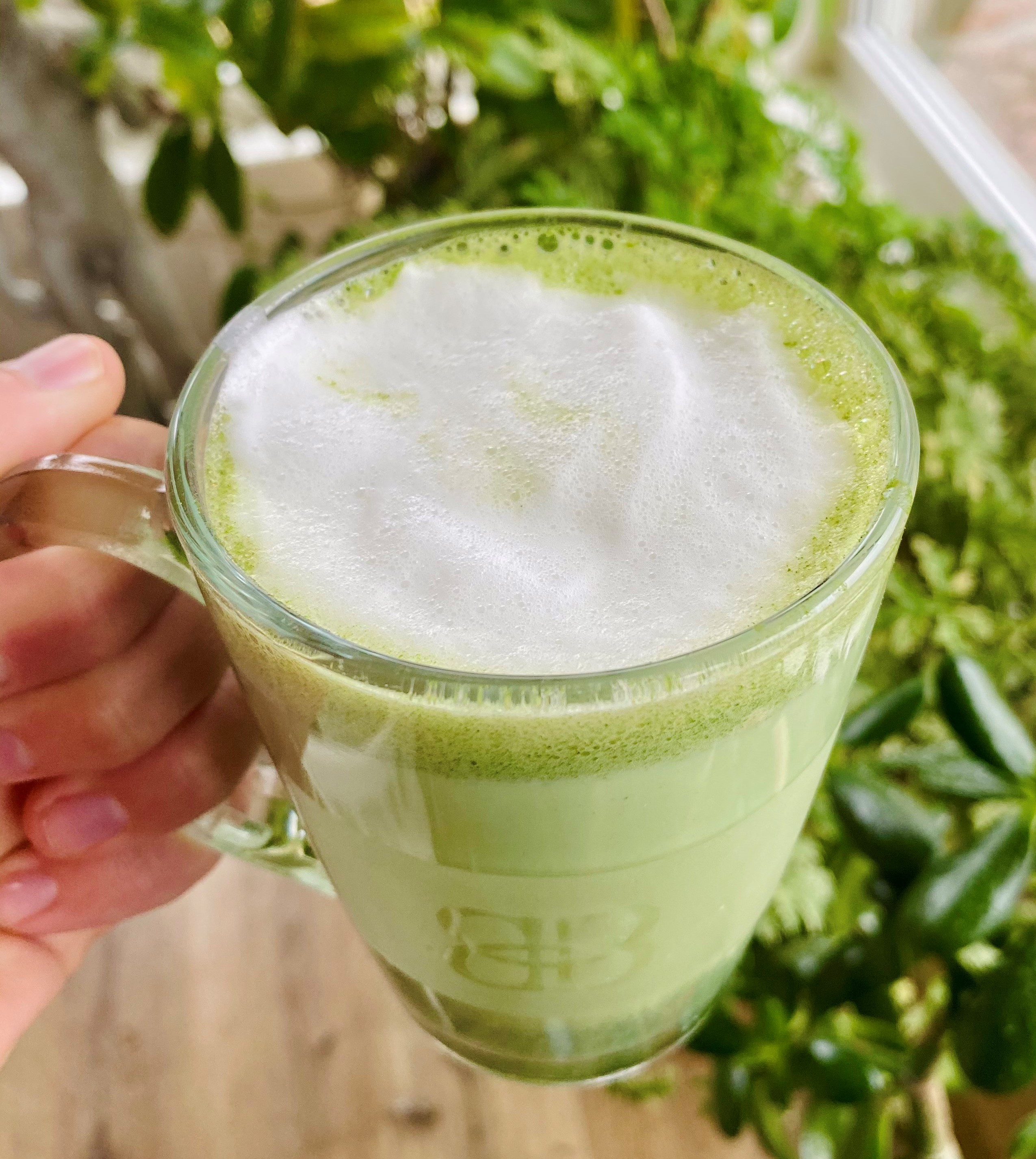Thank you to my SUPERSTAR past dietetic intern, Emma Schillings for writing this informative and important post.
Matcha gets a lot of attention for its health properTEAS, so let’s uncover the myths from realiTEA. Matcha uses whole green tea leaves that have been harvested, dried and eventually ground into a very fine powder1. Matcha is the only tea where the leaves are actually consumed rather than steeped in water. This means that the antioxidant and caffeine content is much higher in matcha than in other teas1.
So, what does matcha do?
Polyphenols and catechins are the antioxidants in matcha that are primarily responsible for the drinks’ health benefits. Matcha also contains an amino acid compound called l-theanine and caffeine which contributes to matcha’s health properties as well.
The health-promoting properties of matcha are summarized here:
- Some of the most promising research about green tea and matcha relates to improving heart health. From the highest quality research, being systematic reviews, the research suggests that green tea may help lower blood pressure, especially in individuals with high blood pressure (≥ 130 mm Hg) and help lower LDL (bad) cholesterol2.
- The antioxidant catechins has been shown to help prevent and repair damage to body cells3. For this reason, matcha may help prevent against some cancers. While the evidence about cancer prevention has been mostly linked to green teas over other teas, overall the research is still quite unclear3.
- A systematic review found that l-theanine in green tea was associated with stress- and anxiety-reducing properties4. The research suggests that l-theanine helps promote relaxation, and when paired with caffeine is a powerful combination that may enhance concentration and calmness4,5. This may be helpful for those of us who experience coffee jitters or before a stressful work event!
What does matcha NOT do?
Despite what you might have read, matcha does not increase or boost metabolism, burn fat, nor lead to weight loss. This is because NO food has a significant fat burning effect! If a low-calorie drink like tea replaces a high-calorie food or drink in someone’s diet, weight loss may occur. However, this weight loss is due to the lower calorie intake, not because of the tea itself.
I really enjoyed reading the research on green tea and matcha, but by no means is it going to be the magic bullet to health, wellbeing and disease prevention. Our overall diet and lifestyle habits matter most when it comes to these things. Matcha is also quite expensive and has a distinct earthy flavour that isn’t for everyone’s palate. I mention these things because along with the health benefits, it is important to remember your own unique body, sensitivity to caffeine, food preferences, and budget. These are aspects that are often forgotten about when we are being persuaded by wellness influencers to buy a certain product.
How does this relate to Asian Racism?
The food, nutrition and wellness industry has played a direct role in exploiting and propitiating Asian stereotypes and Asian racism. Increasingly, Asian foods and traditional Chinese medicines have entered Western culture and the wellness space, including matcha tea. The same mainstream Western culture who has mocked, criticized, shamed, and underappreciated Asian cuisine, is now profiting from the sale and promotion of these foods. Matcha is not a new discovery. Evidence suggests that tea was first cultivated in ancient China as early as 6000 years ago. Green tea and matcha have a distinct and deeply-rooted history in Chinese and Japanese tea culture1. Today, tea is the second most common beverage in the world, just below water1. Food and culture will always be intertwined. Therefore, it is important as an outsider to Asian culture that I honour and appreciate this rich culture as well as acknowledge the injustices and racism they experience in their daily lives that have only been heightened in the pandemic.
On March 16th, 2021 a shooting in Atlanta killed 8 people, including 6 Asian women6. Unfortunately, it took this devastating event to bring to light the long history of Asian-racism in North America. Thus, as a part of this blog, I wanted to acknowledge the role food systems, the wellness industry, nutrition and health professionals play in Asian injustices and Asian racism. I hope this blog serves as a starting point for a much larger conversation and reflection on acknowledging our own privilege and bias within ourselves, our social circles and in the products and systems we support.
 Source: Modified from Morgan, K. P. (1996). Describing the emperor’s new clothes: Three myths of educational (in-) equity.The Gender Question In Education. Theory, Pedagogy & Politics.
Source: Modified from Morgan, K. P. (1996). Describing the emperor’s new clothes: Three myths of educational (in-) equity.The Gender Question In Education. Theory, Pedagogy & Politics.
Below are a list of Asian-owned organizations, businesses & professionals:
- Butterfly Toronto– Supports Asian and Migrant Sex Workers
- Nutrition Artist Blog– Registered Dietitian
- STOP AAPI HATE (American)
- Ten Rens Tea
- Re Tea Cups
- Chinatown Toronto
- 20 Products You Can Buy to Support the Asian American and Pacific Islander Community (American)
 Matcha Latte Recipe
Matcha Latte Recipe
Ingredients:
- 1 tsp sifted matcha powder
- 1 tbsp hot water
- 1 cup milk of choice (i.e., oat, soy, dairy etc.)
- Optional: Sugar, honey or maple syrup until desired sweetness
Instructions:
- Use a strainer and gently sift matcha powder into a cup or mug.
- Combine sifted matcha and hot water. Using a whisk, stir for about 1 minute until a frothy layer forms.
- Heat milk over stove or in microwave and add to matcha mixture. To get milk foamy use a French press, hand-held blender or any milk frothers.
Thank you very matcha for reading!
By: Dietitian Student, Emma Schillings MPH (c)
References:
- Kochman, J., Jakubczyk, K., Antoniewicz, J., Mruk, H., & Janda, K. (2021). Health Benefits and Chemical Composition of Matcha Green Tea: A Review. Molecules, 26(1), 85.
- Khalesi, S., Sun, J., Buys, N., Jamshidi, A., Nikbakht-Nasrabadi, E., & Khosravi-Boroujeni, H. (2014). Green tea catechins and blood pressure: a systematic review and meta-analysis of randomised controlled trials. European journal of nutrition, 53(6), 1299-1311.
- Tang, J., Zheng, J. S., Fang, L., Jin, Y., Cai, W., & Li, D. (2015). Tea consumption and mortality of all cancers, CVD and all causes: a meta-analysis of eighteen prospective cohort studies. British Journal of Nutrition, 114(5), 673-683.
- Williams, J. L., Everett, J. M., D’Cunha, N. M., Sergi, D., Georgousopoulou, E. N., Keegan, R. J., … & Naumovski, N. (2020). The effects of green tea amino acid L-theanine consumption on the ability to manage stress and anxiety levels: A systematic review. Plant Foods for Human Nutrition, 75(1), 12-23.
- Dietz, C., & Dekker, M. (2017). Effect of green tea phytochemicals on mood and cognition. Current pharmaceutical design, 23(19), 2876-2905.
- Global News (March 18, 2021) Officer who cited spa shooting suspect’s ‘bad day’ has history of anti-Asian posts Available at: https://globalnews.ca/news/7704008/atlanta-spa-shootings-bad-day-racism/
- Modified from Morgan, K. P. (1996). Describing the emperor’s new clothes: Three myths of educational (in-) equity.The Gender Question In Education. Theory, Pedagogy & Politics.







Leave A Comment